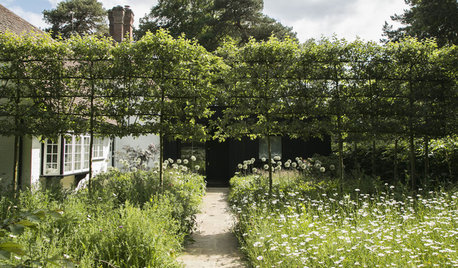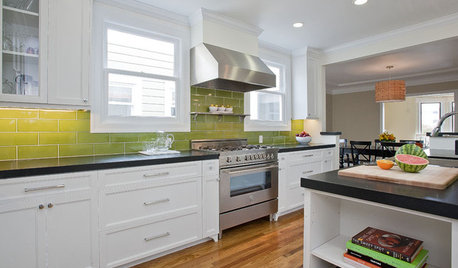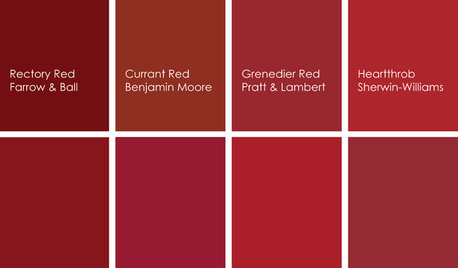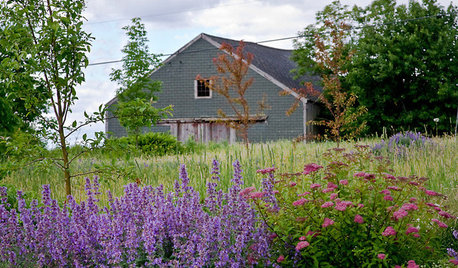Apple Variety
bob_z6
11 years ago
Related Stories

EDIBLE GARDENSHow to Add an Apple Tree to Your Edible Garden
Readily available, beautiful and fragrant, apple trees offer four-season interest along with crisp, juicy fruit
Full Story
GARDENING AND LANDSCAPINGCrab Apple Trees Set Off a Stylish English Courtyard
A structure of pleached crab apple trees, bordered by a wildflower meadow, links a minimalist addition to an old house in Buckinghamshire
Full Story
EDIBLE GARDENSWhy Grow Quince? For Beauty, Fragrance and Old-Time Flavor
Delightfully perfumed fruit and lovely spring blossoms make this apple and pear cousin worth a spot in the garden
Full Story
GARDENING AND LANDSCAPINGCrazy for Fruit Trees
Whether a single citrus or a mini apple orchard, even the smallest landscape space can bear deliriously delicious fruit
Full Story
KITCHEN DESIGNCloser Look: Faux Ombre Kitchen Tile
See how this green-apple colored backsplash gets its extra shine
Full Story
KITCHEN DESIGNCooking With Color: When to Use Red in the Kitchen
Candy Apple Red, Red Licorice and more for your kitchen walls, cabinets or island? The color choices are as delicious as they sound
Full Story
GARDENING AND LANDSCAPINGLandscape Tour: Two Acres of Rural Hillside in Maine
An orchard of crab apples, a grove of sugar maples, even a hayfield ... pastoral landscape beauty doesn't get more idyllic than this
Full Story
KITCHEN DESIGN16 Scrumptious Eat-In Kitchens and What They Want You to Serve
Whether apple-pie cheerful or champagne sophisticated, these eat-in kitchens offer ideas to salivate over
Full Story
COFFEE WITH AN ARCHITECTClassification of the Design Species
A scientific analysis of the diverse variety of species found in the world of design
Full StoryMore Discussions










alan haigh
Axel
Related Professionals
Benbrook Landscape Architects & Landscape Designers · Franconia Landscape Architects & Landscape Designers · Grand Haven Landscape Architects & Landscape Designers · Manhattan Beach Landscape Architects & Landscape Designers · Brandon Landscape Contractors · Deerfield Landscape Contractors · El Segundo Landscape Contractors · Holland Landscape Contractors · Inglewood Landscape Contractors · Lexington Landscape Contractors · Maywood Landscape Contractors · Middleton Landscape Contractors · New Berlin Landscape Contractors · Porterville Landscape Contractors · Palos Hills Landscape Contractorsbob_z6Original Author
skyjs
alan haigh
franktank232
alan haigh
NorthGa7A
alan haigh
Axel
alan haigh
bob_z6Original Author
alan haigh
NorthGa7A
Noogy
Axel
Scott F Smith
bob_z6Original Author
bob_z6Original Author
johnthecook
alan haigh
bob_z6Original Author
alan haigh